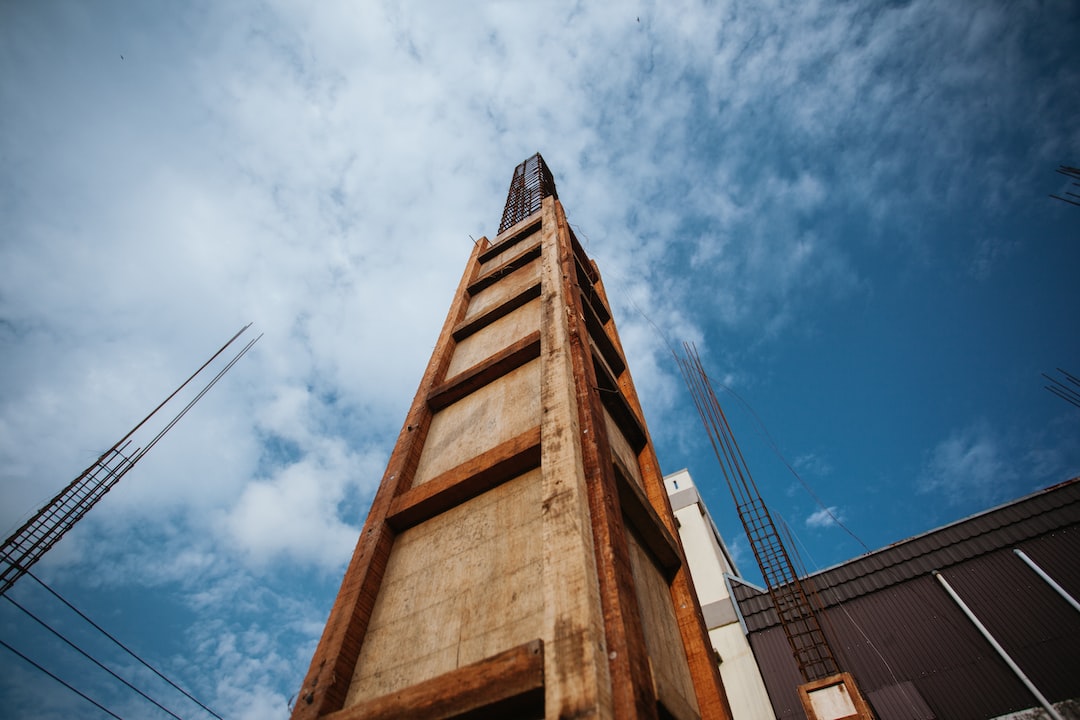Designing a Child-Friendly Landscape: Creating a Safe and Playful Outdoor Space for Kids
When it comes to creating a child-friendly outdoor space, landscape design plays a pivotal role in ensuring a safe yet playful environment for kids. A well-designed outdoor area not only enhances the aesthetic appeal of your property but also provides a nurturing space for children to explore, learn, and have fun. Whether you have a large backyard or a small courtyard, here are some key factors to consider when designing a child-friendly landscape.
Safety should be the top priority when designing a landscape for children. Start by ensuring that the outdoor space is free from any potential hazards. Remove sharp objects, chemicals, or toxic plants that may pose a danger to children. Install childproof gates and fences to keep your little ones within the designated area and away from any potential dangers outside. Additionally, consider using soft ground coverings like mulch or rubberized turf to minimize injuries from falls.
Incorporating age-appropriate play features in your landscape design outdoor is crucial to create a fun and engaging space for children. Younger kids will enjoy a dedicated play area with a swing set, sandbox, or climbing structure, while older children may appreciate a treehouse or a sports area. Providing a mix of active and passive play elements will encourage physical activity and imaginative play.
Consider the sensory experience when designing a child-friendly landscape. Include plants that engage children’s sense of touch, smell, and sight. Fragrant flowers, soft grass, and plants with interesting textures can create a sensory-rich environment that stimulates children’s curiosity and encourages them to explore nature. Introduce a variety of colors, shapes, and sizes in your plant selection to create an aesthetically pleasing and visually stimulating space.
Water features can add an element of excitement and learning to your child-friendly landscape. Installing a child-safe water fountain or a small pond can offer opportunities for sensory play and create a calming atmosphere. However, it is essential to ensure that these water features are adequately supervised and safety measures are in place.
Flexibility and adaptability are also essential when designing a child-friendly landscape. Kids grow quickly, and their needs and interests change over time. Design your outdoor space with the flexibility to evolve along with your children. Consider spaces that can be easily repurposed or modified to accommodate different activities or play equipment as your children grow older.
In conclusion, a well-designed child-friendly landscape provides a safe and playful outdoor space for kids to explore, learn, and have fun. When planning your landscape design outdoor, prioritize safety, incorporate age-appropriate play features, engage the senses, and consider the adaptability of the space. By creating a nurturing outdoor environment, you can foster your children’s love for nature and encourage their physical and cognitive development.

